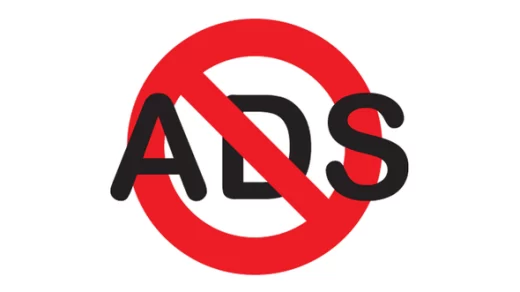I am not exactly a humanities student. I am following this course because it is part of the Digital Humanities and Artificial Intelligence minor. Normally I study Industrial Design at the TU Delft, which is mostly a technological study. I often define it as learning to design objects that are meant for industrial production, but also (product) services and societal changes. It however has a very big humanities part, because for industrial designers it is very important to take the desires, needs and properties of all people and society involved into account. Digital media and culture is a very important part of todays society, and it also really influences industrial design, which I thought was interesting to look into.
Service design
Since the growth of digital media and digital culture, a branch of industrial design, service design, has significantly grown. Service design is not (only) designing a product, but also the service around it. This can be in a product-service-system (PSS), or with only a service. Examples of this are for example the Google Nest (PSS), or Uber (just a service). With the world becoming more and more digital, the need for digital service has increased and the market has also grown. Services often come with apps or websites, and take careful consideration of the current and desired digital behaviour of the desired user and other stakeholders. UI (user interface) and UX (user experience) design have become more and more important due to this development, due to the enormous increase in the amount of digital interfaces users run into when operating in their daily lives. With a better UI and UX a lot of customers can be won. In this way the role of industrial designers really has changed and widened.
Source of information
First of all, digital media provide a huge source of information and data that is useful for designing. When designing a product or service, data and information about the current behaviour and the needs of the user are really important. You can of course try to gather this information by surveys and other types of user research, but for example social media and other online behaviour provides lots of data and useful information about these topics. Using this data of course adds lots of ethical questions, but that is something else to worry about.

Next to receiving information, digital media can also be used to test out different concepts. For example, booking.com designers showed different users different versions of the landing page of booking.com. By this, they tested which version of the website was more efficient in getting the most users to click to the desired place. Social media also can be used to test out which version of a product gets the most positive interaction.
Advertisement
In Industrial Design, advertisement also is a very important subject. It’s all about how you can convince the user that your product is the best option to choose. There is a lot to learn about mental tricks and nudging to get the user to do what you want. The world of advertisement has changed a lot due to digital media. There are a lot of different and new ways to target the desired audience. With cookies and personalized advertisement for example this has became a lot different. The marketing and advertising strategies designers have to come up with have become really different and sometimes more advanced with the growth of digital media and the digital culture.
A little note to add is that there are many more ways in which the digital world has influenced (industrial) design, but these are some which I have experienced myself as an industrial designer in training.




Recent Comments